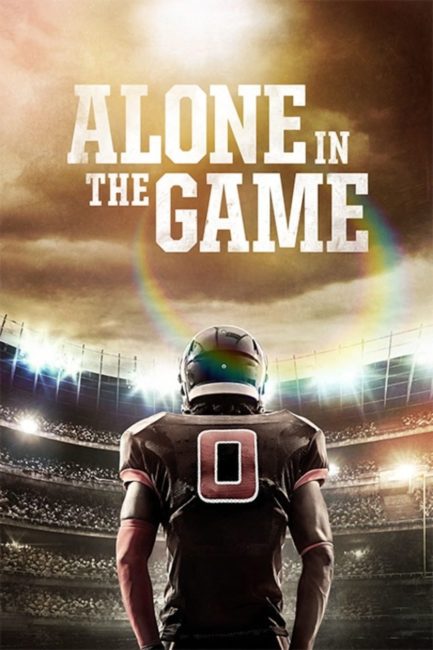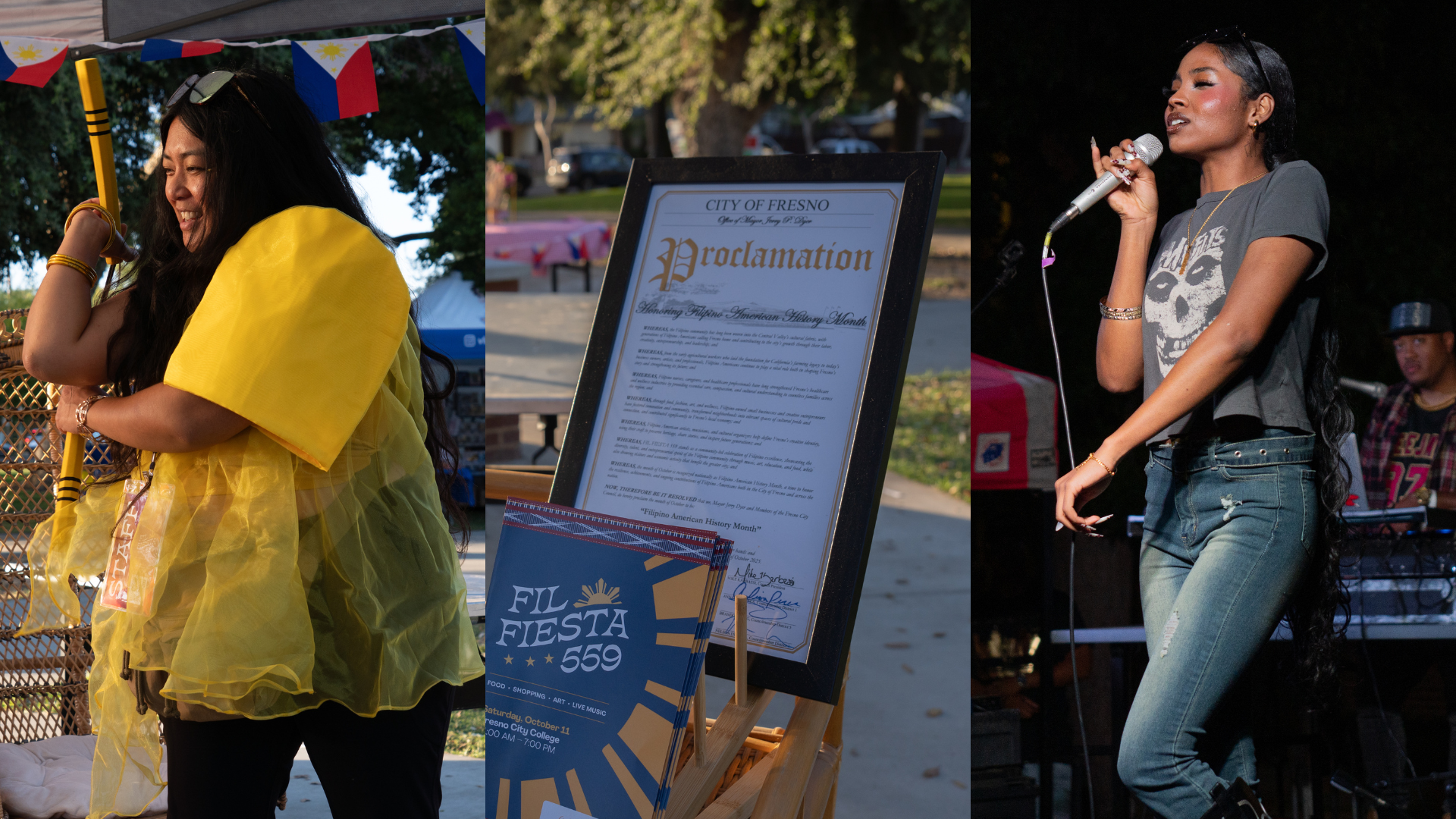![]()
 LGBTQ acceptance and gay rights are an ongoing battle in the heteronormative culture that surrounds us. For decades, queer persons have had to struggle and fight for their identities to be valued in the workplace, academia and society in general. Often, we talk about this issue at surface level, only pinpointing the wider scope of this issue.
LGBTQ acceptance and gay rights are an ongoing battle in the heteronormative culture that surrounds us. For decades, queer persons have had to struggle and fight for their identities to be valued in the workplace, academia and society in general. Often, we talk about this issue at surface level, only pinpointing the wider scope of this issue.
The Natalie Metzger and Michael Rohrbaugh directed documentary, “Alone in the Game” seeks to subvert this, giving viewers a glimpse of a space experiencing immense homophobia and queer oppression that we may have glazed over: Athletics. Metzger and Rohrbaugh feature an array of professional athletes who share their narratives and experiences of being LGBTQ in sports.
The film brilliantly ties these personal stories together to tackle one question, why aren’t there any open and active gay athletes in professional leagues?
While some may wonder why the sports world must be set apart from any other space of queer struggle and denouncement of gay rights, “Alone in the Game” emphasizes the cultural importance of athletics around the world. A montage of quotes and b-roll footage highlights that sports are a phenomenon that brings people together in this country.
The movie goes as far as to compare it to religion, with its communal experience and its media impact as a pop culture spectacle. All these key elements prove that this facet of culture matters a lot more than we think.
The documentary cycles through many different personal stories from queer athletes and does a great job at capturing and representing the diverse experiences of the LGBTQ community.
College basketball player Layana White and professional soccer player Megan Rapinoe express the hardships of being lesbians in sports. While the struggles of being a gay male athlete are shared by former soccer star Robbie Rogers and olympic skier Gus Kenworthy. The trans story is helmed by the likes of triathlete Chris Mosier.
Together, these sports celebrities weave their narratives to show that all parts of the spectrum must be heard, and within that we see how struggles may differ between queer identities.
However, one thing all these athletes have in common is their struggle with the hypermasculine foundation that the sports world has been built on.
The movie takes a huge dip into the toxic masculinity of athletics that has rooted itself deep into homophobia, transphobia and sexism. The struggles of these people tie into binary beliefs and tensions of duality. They’ve constantly had to deal with misconceptions of masculinity not mixing with LGBTQ identifying people.
Fans and sports celebrities alike have embodied a toxic and hypermasculine behavior that stems so far inside athletics that even the language is engorged in aggressive and militaristic jargon that coined phrases like “you throw like a girl!” and adopted the normalization of homophobic slurs to offend a teammate’s ability.
Sports represent the dangers of cultural beliefs of what a “real” man is, what a man “should be”. This “ideal man” concept within athletics has alienated women and queer people for years because it drives the stereotype that gays cannot play sports. A great amount of the film’s tension deals with emphasizing that sexual identity does not influence one’s strength, talent, or athletic performance.
Tied to this is the popular political term of “locker room talk”. The movie breaks down how locker rooms have been a playground for toxic masculinity to manifest. It is the space where all these misinterpretations of queer people and homophobia fester and reveal themselves. Due to this, a locker room can be the most terrifying environment for LGBTQ individuals to be; it can be the main space that leaves gay athletes in the closet for their own safety.
But perhaps the most striking aspect of “Alone in the Game” is the way the documentary studies the mismatch of identity versus role. Every featured athlete in the film experienced a breakdown because they could not balance their role as a star athlete with their sexual identity. Because those two things are at constant tension with each other, it leaves people to think suicide is the only option.
Sports are everything to these athletes, it is their lives. And when their life of being an athlete is being threatened, they feel worthless and like they are in route to losing their purpose in life. It becomes a thin line between losing your job and losing your sense of self. Seeing these queer athletes persevere through these trials was admirable, but also a reminder that that is not always the result.
The same could be said for the film’s reference to the Michael Sam and Ryan O’Callaghan stories, media spectacles of athletes coming out of the closet and coming to terms with who they are. On the surface, these stories looked like a big step for the LGBTQ community, a win.
But in reality, the media takedown and the way sports journalist and analysts talk about these people and these issues have left some careers to die out. The minute the athletes come out and own their identity, is the minute it becomes a distraction from their talent.
Therefore, these instances of LGBTQ identifying athletes taking the step of coming out are examples of just how much work still needs to be done for gay acceptance in athletics. “Alone in the Game” leaves off on the note that the movement is already happening, it is just a matter of the sports world integrating the change.


